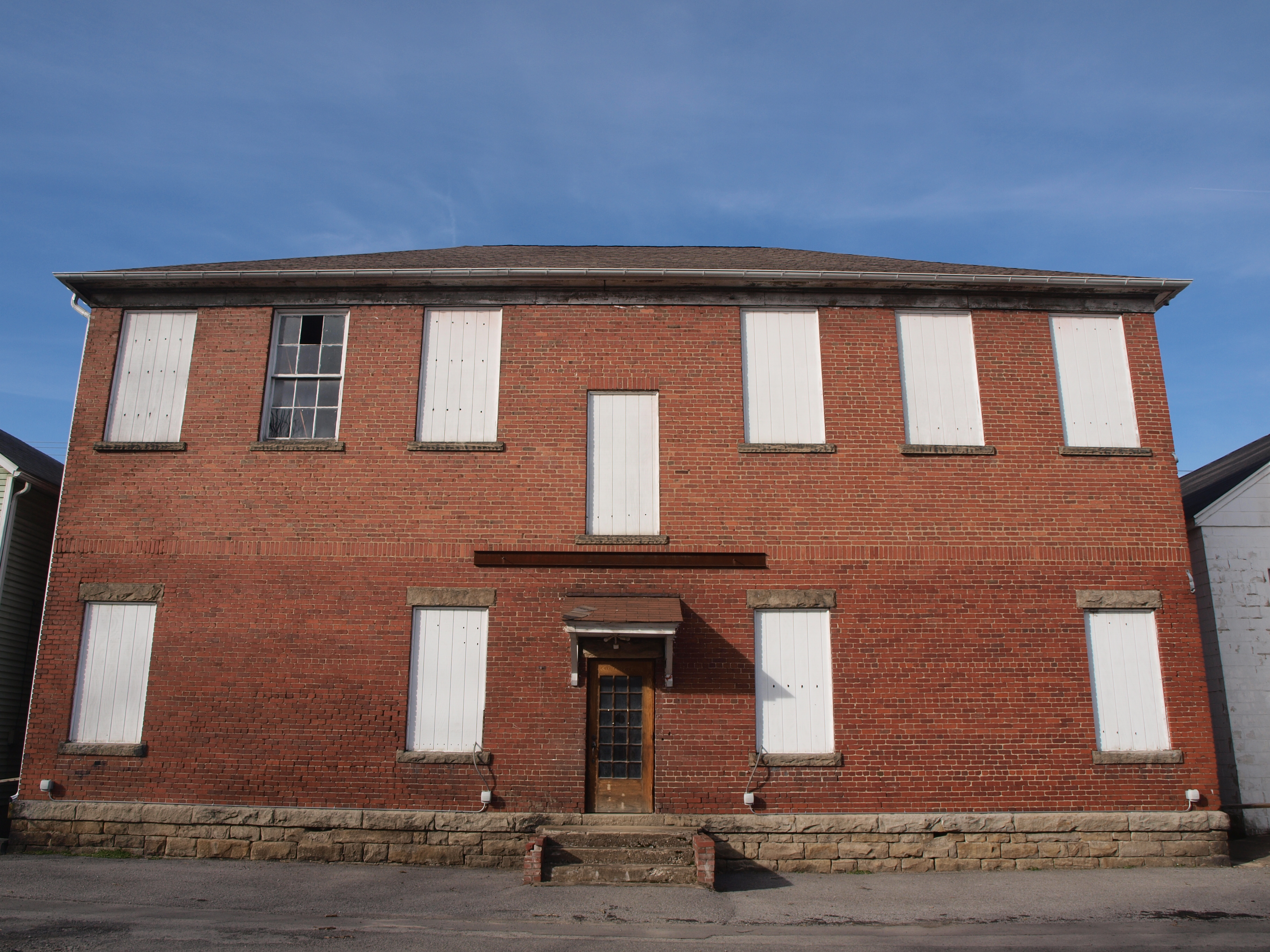Riverside: the heart of Elkins’ Black community for 50 years

From 1905-1954 the Riverside School was the only public school for African-Americans in Randolph County, and is one of the oldest public school buildings in Elkins.

View of the Riverside School from River Street
Because they were excluded from white schools, the only educational opportunities available to African-Americans in Randolph County around 1900 were those offered in independent institutions like private homes or local churches. Classes were held in places like in Shiloh Baptist Church, the Virginia Chapel A.M.E. Church, and Knights of Pythias Lodge Hall. But the growing black population of Randolph County brought in by Elkin’s transportation industry needed more schools. Segregation laws stated that a community needed at least 30 black students between the age of six and twenty one in order for a public school to be built, which Elkins exceeded. By 1910 there were 65 “colored pupils” in the Elkins Independent School District, plus 43 in Beverly and 13 in Huttonsville. So the Independent School District of Elkins purchased two-lots on the first block of River Street on the banks of the Tygart Valley River, which was a predominantly black neighborhood and also included the Virginia Chapel AME Church. The Virginia Chapel was first constructed in 1905, then replaced with its current concrete building in 1949 which is currently abandoned and likely to be demolished.

The Virginia Chapel American Methodist Episcopal Church
Riverside was originally constructed as a one-story, two-room elementary school for grades 1-8. By 1928 a second story was built due to a petition by local community members, and a high-school curriculum was added. It was eventually proclaimed a legacy of Black Academic Excellence in West Virginia. Because it was the only public school for African-Americans in Randolph County, students traveled from outside Elkins to attend. Some even came from the surrounding counties. Riverside also served the Native American population as well.

Rear view of the school with its added garage doors
The school closed with desegregation in 1954. The building was later used as a storage facility and repair shop for school buses. The Riverside School Association purchased the property in 2009 with the goal of preserving the school as an African-American museum, archive, and heritage center. The Association stabilized and partially restored the building through grants and fundraising events such as the Riverside Blues Festival which ran for six years until 2014 and featured well-known artists such as Max-A-Million, and Claudette King-Robinson and Shirley King who are daughters of blues legend B.B. King. The building was added to the National Register of Historic Places in 2009. The school building is currently owned by Big Timber Brewing Company who is working with Woodlands Development Group to turn the space into an archive or interpretive space.
Sources:
C-HOPE, “Riverside School project”
The Clio, “Riverside School”
The Inter-Mountain, “Riverside Blues Festival to offer fun”
Melvin Lester and Alice Sabatino, “National Register of Historic Places Inventory Nomination Form: Riverside School”. West Virginia Division of Culture and History
Preservation Alliance of West Virginia, “Riverside African-American School”
Woodlands Development Group, “Master Plan: Riverfront Redevelopment in the City of Elkins, West Virginia”

Intersection of River Street and Kerens Avenue near the Riverside School

-Text and Photos by Ben Duvall-Irwin
